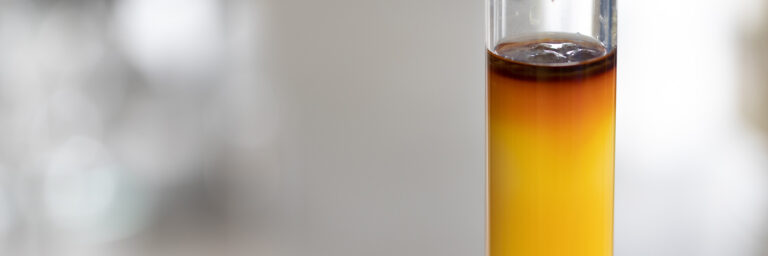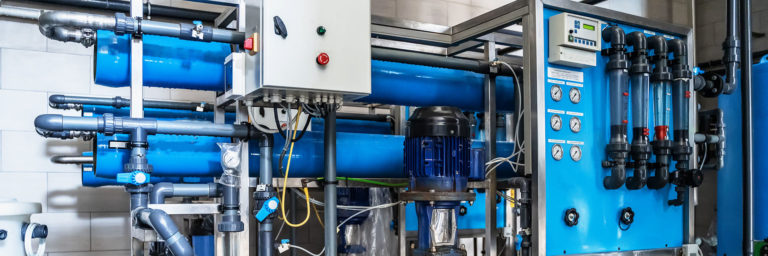Photometers & Turbidimeters
Shifting Paradigms: Why UV Analyzers Should Move from Calibration to Validation
In the biopharma sector as well as in other industries that rely on accurate process measurements, the continuous calibration of online UV analyzers is an established practice. But a deeper understanding of light absorbance and […]
Read MoreUV Analyzers In Column Chromatographic Separation
Having the right analyzer can make a big difference to separation performance Reliable and repeatable post column UV measurements are a minimum requirement for column chromatographic separation processes to ensure good protein fraction purity and […]
Read MorePhotometer Instrument Design: The Impact On Validation And Verification Methods
The design of photometer instruments has a significant impact on their applicability. Recent design improvements provide better overall measurement performance and long-term measurement stability. So, when evaluating photometers, it helps to understand how certain features […]
Read MoreIntro to the Pros and Cons of Various Photometer Validation and Verification Methods
Few factors are more important to operators than ensuring an instrument is working to specification and providing the correct measurement to an overall control scheme. Finding the right method for process photometer validation is therefore […]
Read MoreValidation of Inline Photometers for Improved Measurement Confidence
One of the primary concerns when using an inline process analyzer for real-time liquid or gas analysis is validating the instrument is working to specification. Process photometers are often calibrated using liquid or gas calibration […]
Read MoreUsing Kemtrak Turbidimeters to Measure Solids in Industrial Processes
The Kemtrak NBP007 measures the amount of suspended solids in a sample using backscattered light. While the use of backscattered light is typically applied to measuring suspended solids, the technique is equally applicable to emulsions, […]
Read MoreSOUTH FORK INSTRUMENTS
3845 Buffalo Road
Auburn, CA 95602
Tel: (+1) 925-461-5059







